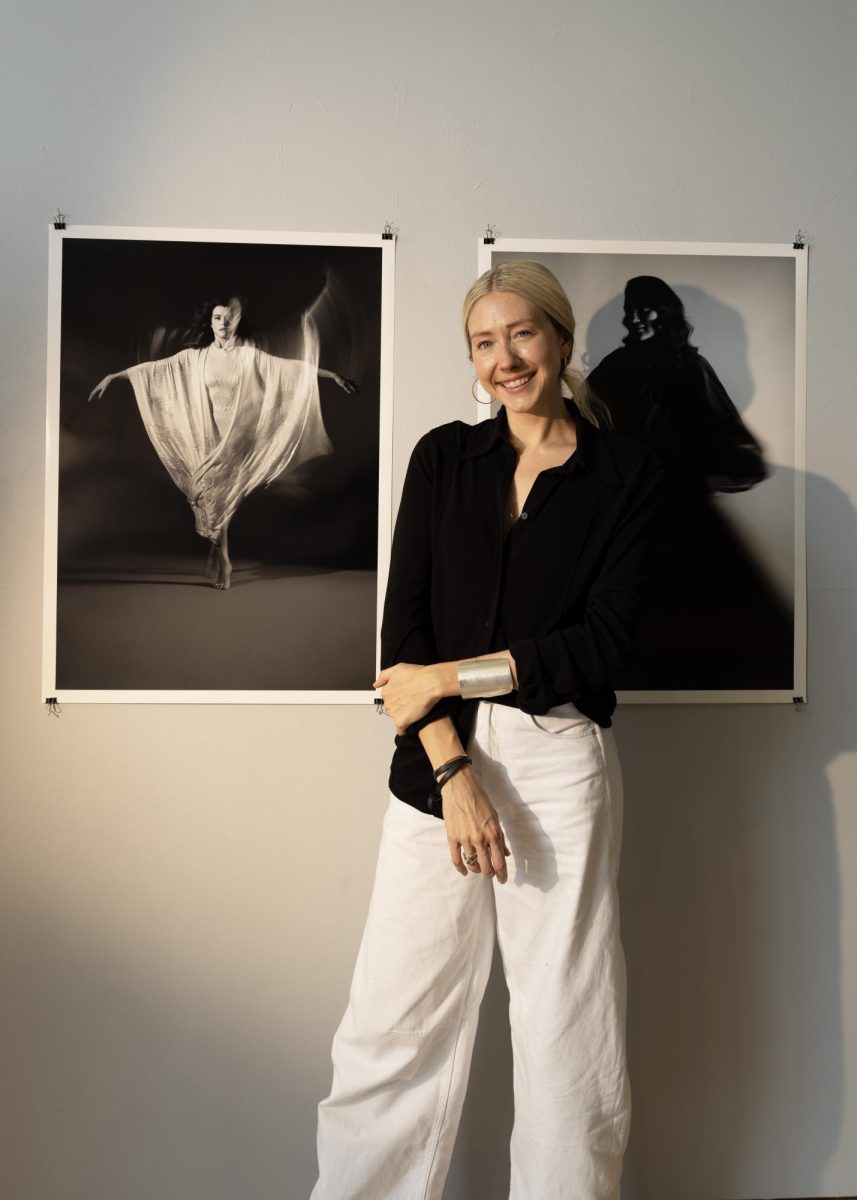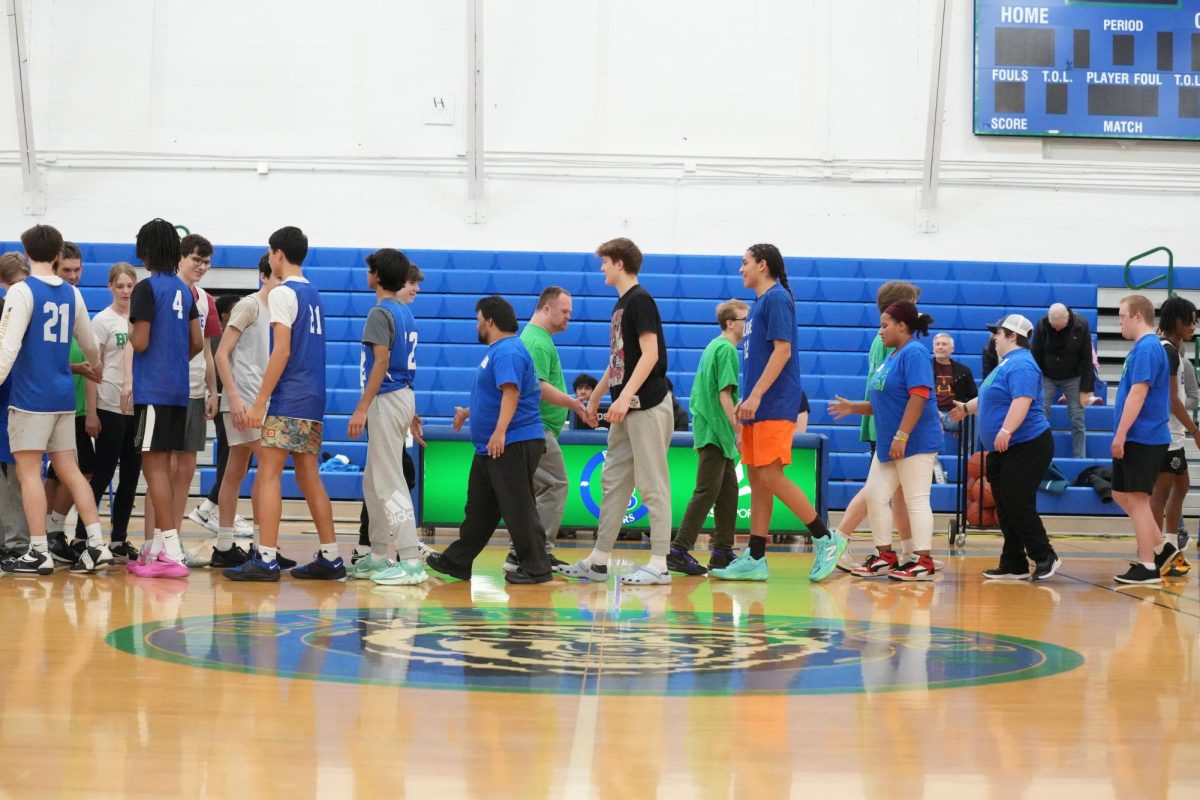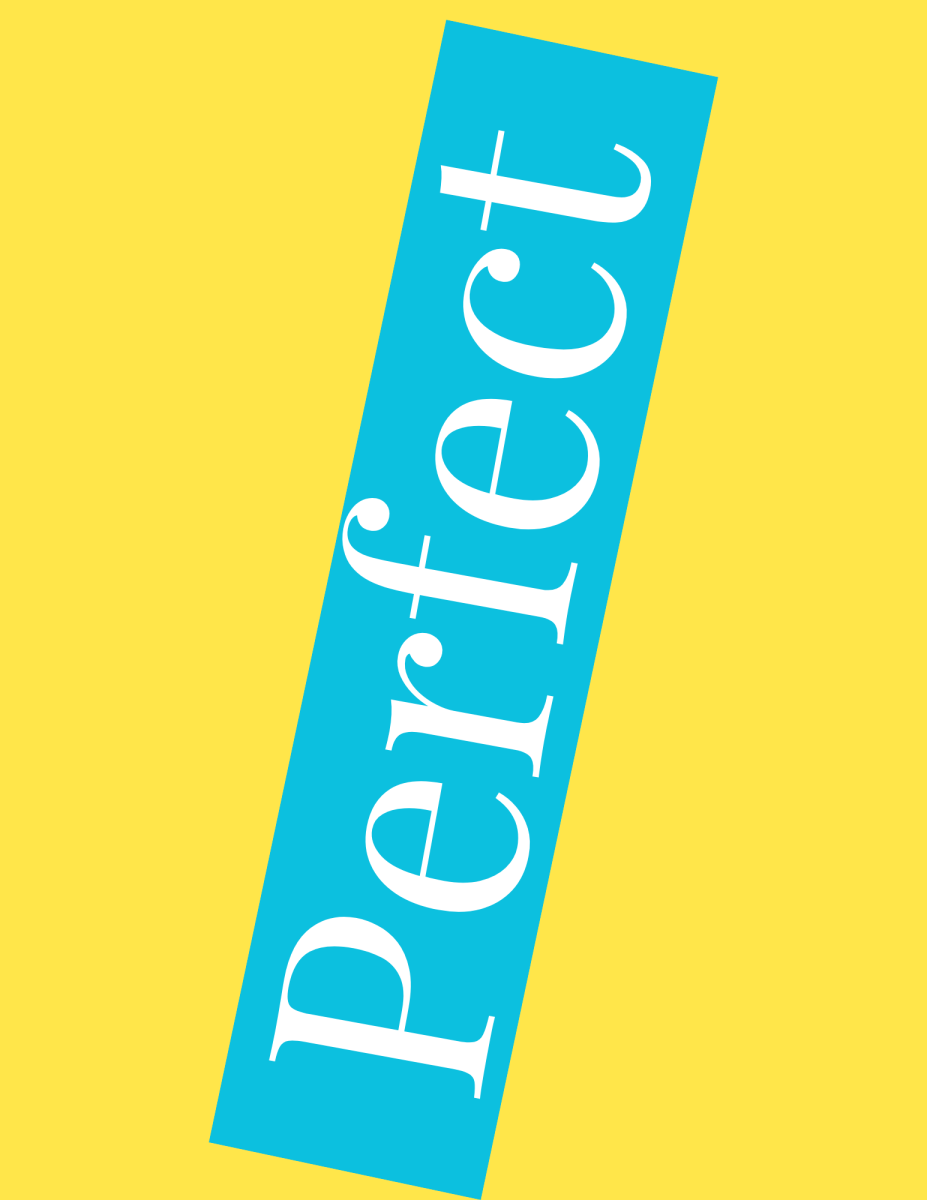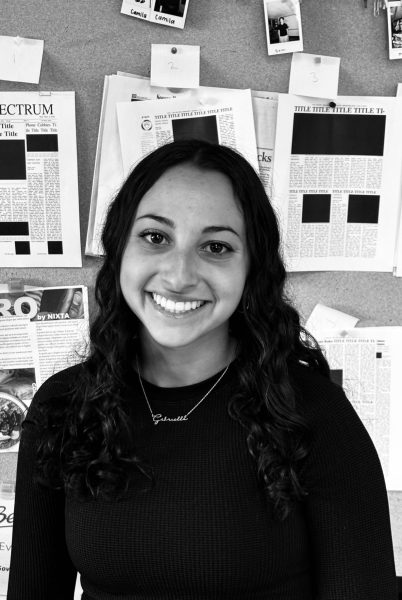“Being able to connect with new people is something I feel even more passionately than the photography itself,” describes Traff. She has been given the amazing opportunity to meet very interesting and different people, including famous dancers, singers, actors, and scientists.
This month, the Bennett Gallery displayed the photographic artwork of Traff, who has worked for famous magazines including The New Yorker and Time Magazine. Her current job, based in New York, is titled “Editorial Photographer,” where she works for both magazines and newspapers.
Traff receives her photo invitations from the photo producers of the magazine or newspaper department, and will ask her to take pictures of the interviewee on a certain day and time. Her photoshoots typically last one to two hours, depending on whether or not the subject is enjoying their time and continuing the shoot. Outside of New York, Traff has been called to photograph in Hawaii, featuring elements of the world impacted by climate change, Chile and Paris.
Her journey of becoming a photographer emerged from her father, who first placed a camera in her hand, as well as photo and printmaking teacher, Bob Teslow. As an “enormous influence,” Teslow taught Traff the techniques involved in photographing black and white images. Her gallery is mostly comprised of images in black and white, reflecting the grand influence Teslow held on her career. One of the gallery walls holds a singular photograph of Jessica Chastain, grabbing the eye of any viewer due to being the only colored image of the entire exhibit.
Traff’s career began as a photo editor for the New Yorker magazine. She explained how, without working in this social and mentor-heavy space, she would not have learned the same fundamental techniques for photographing. The New Yorker and Time Magazine were “really wonderful,” said Traff, “And I very much attribute any kind of information that I have now for photography to my years spent working in the magazines, working at those two magazines, because my job entailed just hiring photographers and spending eight to twelve hours a day sifting through other people’s photography and working.”
Each individual photoshoot expresses the different personalities of all of the artists. While some of the images’ subjects pose in a more serious and modern manner, including Sofia Coppola, other artists took the liberties to have fun with their photo shoots; The Rolling Stones were able to express their personality through movement and smiling. Traff specifically noted Rachel Weiss, Post Malone, and Mick Jagger’s photoshoots being some of her favorite experiences as a photographer. On top of these subjects being beloved celebrities, she appreciated the way the subjects were creative, willing to take her suggestions, and someone who was easy to talk to. Traff mentioned during the Rachel Weiss shoot, “I really leaned into my creative direction in a way that is very rare, because as a subject, you’re really really wishing a lot of control to the photographer and on having them control your image that’s going to be seen by millions of people.”
When approaching certain photoshoots, Traff remains unclear on if the person she meets will be easy to talk to and photograph, but Mick Jagger specifically stood out, and not merely because she was a lifelong fan. He craved Traff’s advice on selections of clothing to wear, and played Afrobeats music in the background to dance around as part of the photoshoot.
Each subject stood in a position that brought an aspect of their emotions and identity into the image. Many of the singers were photographed mid-song, the dancers hit positions of various moves, and the actors stood confidently in their images. Traff’s deep love of shooting dancers comes from their movement quality and emotions that are easily expressed throughout the image.











